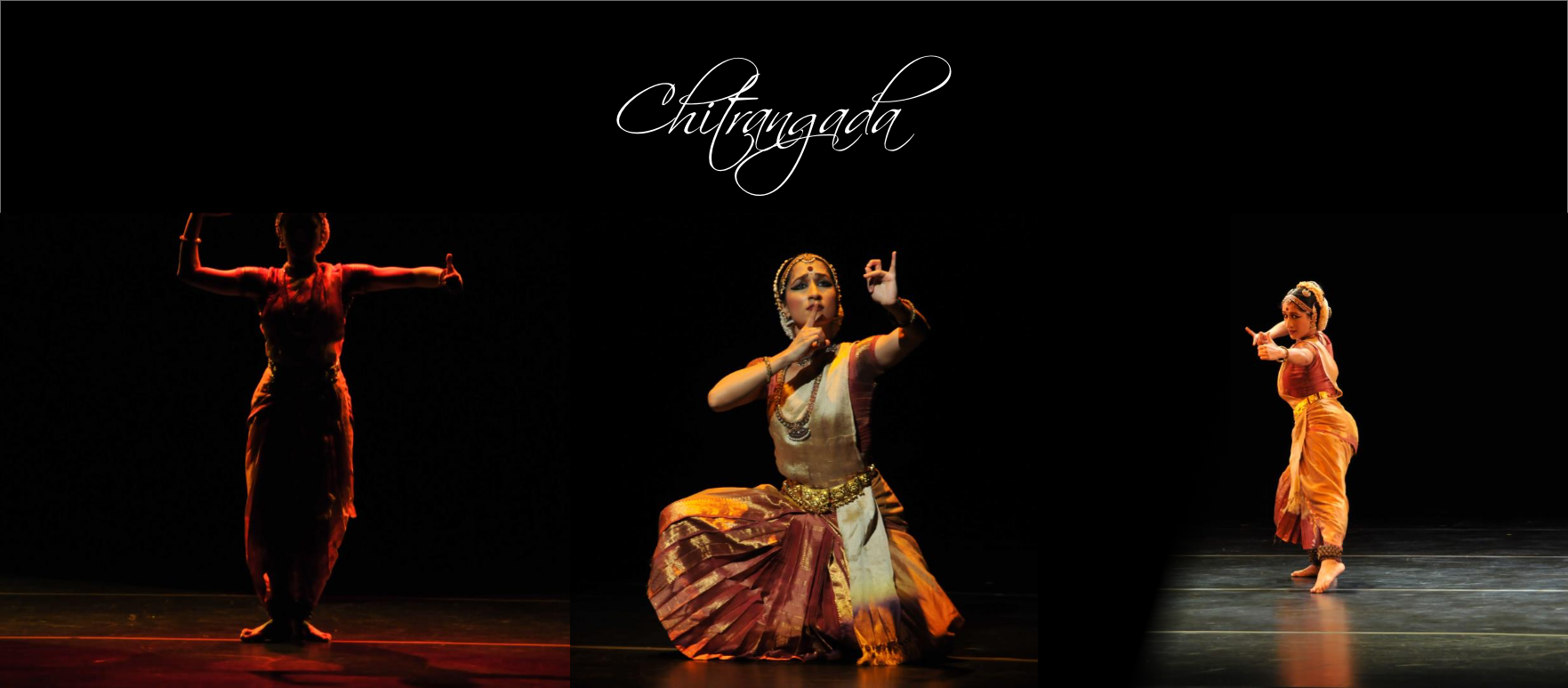Productions
A Kuchipudi expression of Tagore
Choreography by Amrita Lahiri based on Rabindranath Tagore’s original writings
This interpretation of Chitrangada retains the original storyline of Tagore's play written in 1913 (the same year that Tagore won the Nobel Prize for Literature): Chitrangada was the only daughter of the king of Manipur. As the only child, she was brought up like a man- she learnt the art of warfare, was skilled in archery, and was the compassionate savior of her people. One day, while she was in the forest hunting, she stumbled upon Arjun, the famous hero of the Mahabharata. For the first time, she falls in love. She offers herself to him, and is rejected. Realising that he is turned off by her manly ways, she prays to the god of love, Madan, to transform her into a beautiful, seductive woman. Her wish is granted- her body is transformed into that of a beautiful woman.
Can the illusion endure? Ultimately Arjuna falls in love with the true masculine Chitrangada in her original form. The story takes us on a journey of emotions and self-acceptance, especially as a woman.
The Kuchipudi repertoire today has many famous pieces such as Bhamakalapam, Dashavatar, and Tarangam, which were originally part of larger dance dramas. The plays are abridged and formatted to suit the solo dancer in performance on stage. The interpretation of Chitrangada Amrita presents in ‘Chitra’ is also a move in this direction. Amrita also uses the technique of vachika abhinaya- or spoken word which is a trademark of the Kuchipudi style. While originally in Kuchipudi these were only spoken in Telugu, this piece uses English and Bengali.
Duration: Amrita’s presents a full evening’s performance on Tagore’s work which is of duration 75 minutes. The main piece ‘Chitra’ on Chitrangada is of duration 40 minutes.
Music: This performance uses original songs from Tagore’s work in Bengali, as well as Carnatic compositions by Kuldeep Pai. It is performed as a solo production to recorded music.

